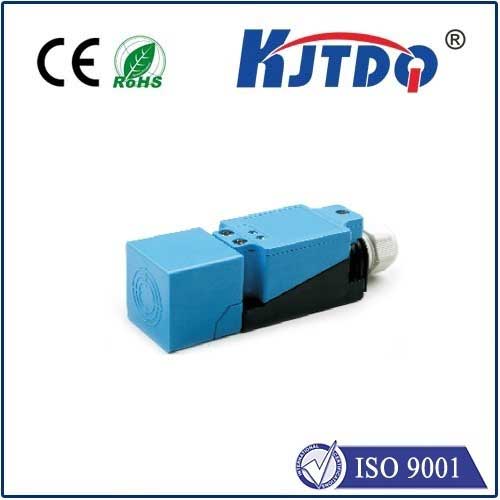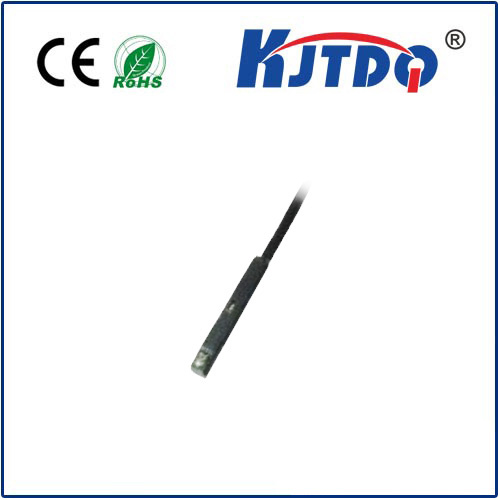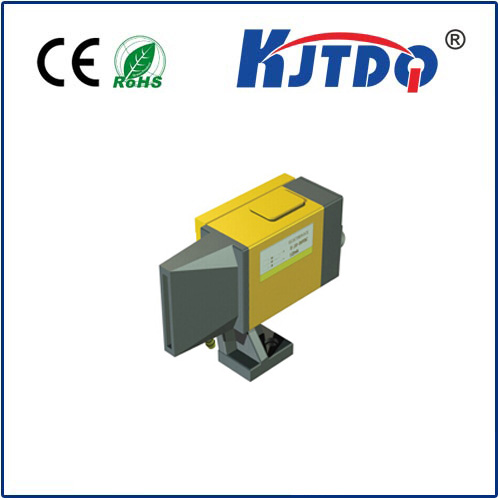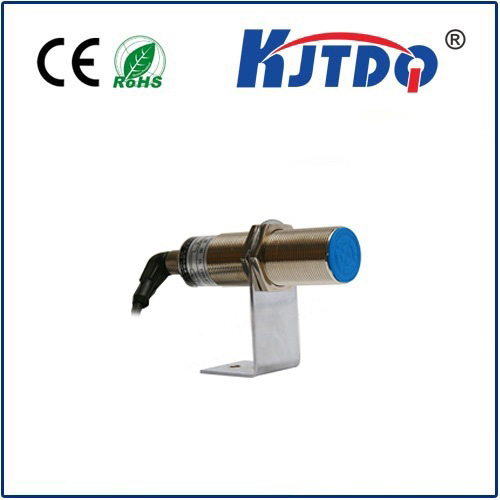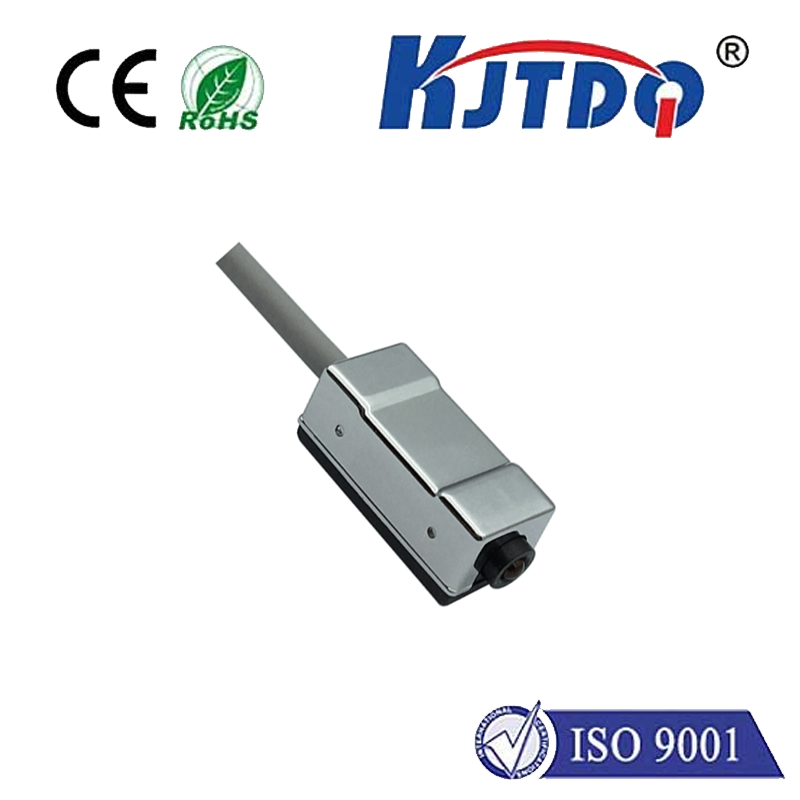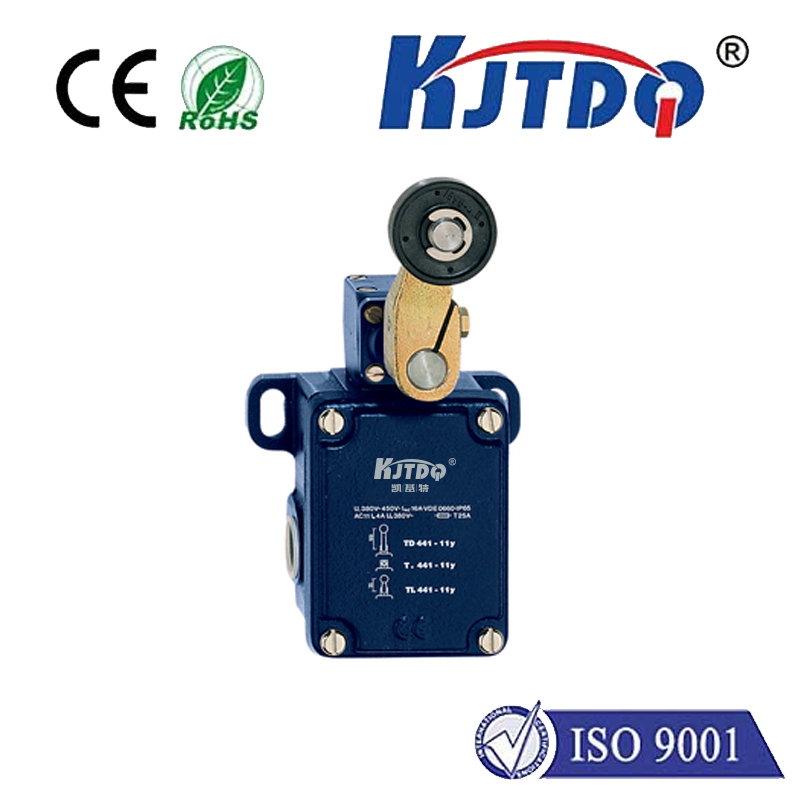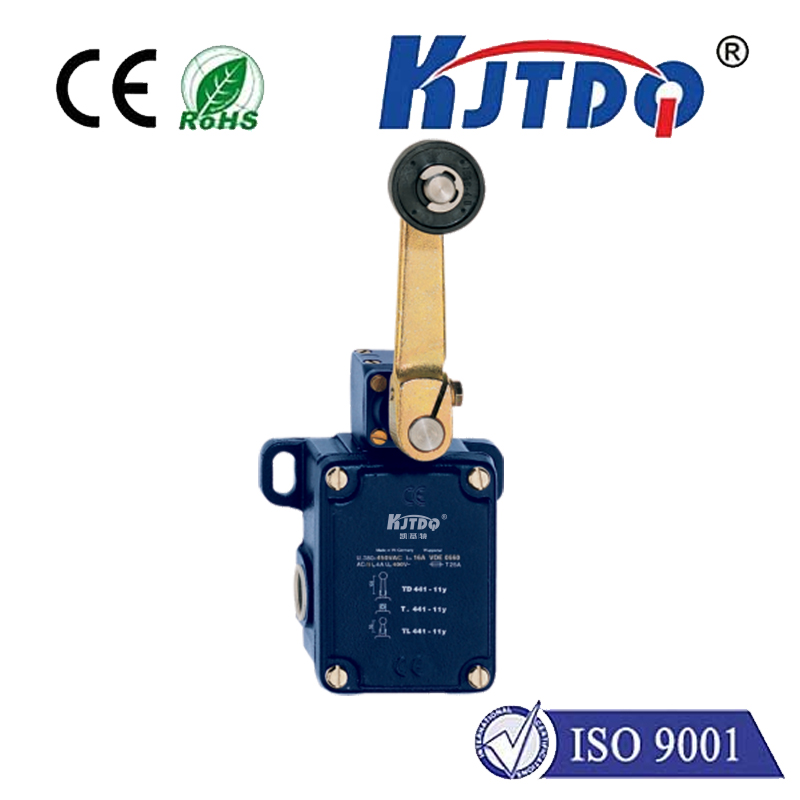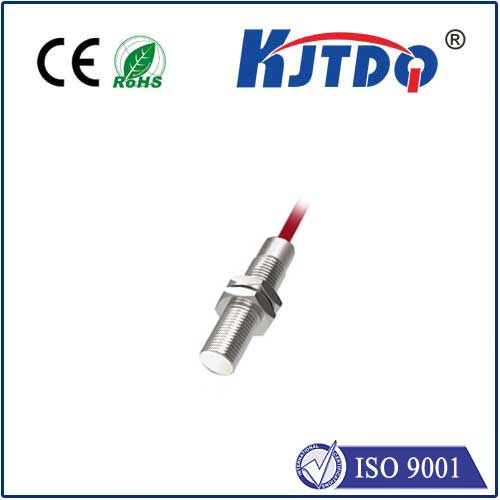photoelectric sensor distance measurement
- time:2025-07-26 00:51:15
- Click:0
Unlocking Precision: How Photoelectric Sensors Master Distance Measurement
Forget manual checks and inconsistent eyeballing. In the fast-paced world of automation, from bustling automotive assembly lines to meticulously controlled pharmaceutical packaging, demands pinpoint accuracy. How do modern systems know exactly how far away an object is, ensuring flawless robotic placement, verifying filling levels, or triggering processes? The answer often lies in the sophisticated, yet remarkably reliable, technology of photoelectric sensor distance measurement. This method is the invisible workhorse delivering critical positional data with speed and precision unseen in manual methods.
The Photoelectric Principle: Light as the Ultimate Ruler
At its heart, photoelectric sensing leverages light – typically infrared, visible red, or laser – and its behavior when interacting with objects. The core principle is straightforward: emit light, detect changes in the received light signal. Distance isn’t measured by a physical probe but inferred from how the light behaves over space. Three primary photoelectric sensor configurations handle this task, each with distinct distance capabilities:

- Through-Beam Sensors: Here, the emitter and receiver are separate units facing each other. The emitter sends a constant beam of light to the receiver. Distance measurement isn’t the primary function; instead, detection occurs when an object interrupts the beam. However, the maximum distance between emitter and receiver defines the effective measurement range for presence detection. This setup offers the longest possible sensing ranges, often exceeding 20 meters or more, with exceptional reliability because the receiver sees the full-strength emitter beam directly. Detection is binary: beam broken = object present.
- Retroreflective Sensors: Combining emitter and receiver in one housing, these sensors bounce light off a dedicated reflector. The receiver detects the light bouncing back. Distance measurement capability emerges subtly: the sensor can often be configured to trigger only if an object is within a specific range that breaks the beam and is closer than the reflector. More advanced variants explicitly measure the time the light pulse takes to travel to the reflector and back (Time-of-Flight/ToF). While primarily designed for presence detection, their effective range is defined by the distance to the reflector, typically up to 10-15 meters for standard models. Detection occurs when the object blocks the beam’s return path.
- Diffuse Reflective Sensors (The Distance Measurement Powerhouses): These sensors pack the emitter and receiver together, pointing in the same direction. They rely on the target object itself to diffusely reflect light back to the receiver. This is where active distance measurement truly shines, using two key methods:
- Background Suppression (BGS) / Fixed Field: Uses triangulation geometry. The emitter sends light at an angle. The receiver lens is focused at a specific “background suppression distance”. Objects within this distance reflect light onto a specific part of the receiver element, triggering detection. Objects beyond this distance reflect light onto a different part, suppressing detection. Measurement here is precise threshold-based proximity: “Is the object closer than X mm/inches?” Crucially, BGS sensors are largely immune to the target object’s color, texture, or reflectivity variations within their set range.
- True Distance Measuring (e.g., Time-of-Flight - ToF): These advanced diffuse sensors emit short pulses of light and measure the precise time it takes for the light to travel to the target and back. Since the speed of light is constant, the sensor calculates the distance (
Distance = (Speed of Light x Time of Flight) / 2). This provides an actual distance value as an output, not just a proximity switch. ToF sensors offer highly accurate, continuous distance measurement, typically ranging from centimeters up to several meters (often 0.05m to 10m+), making them incredibly versatile.
Why Photoelectric Distance Measurement Reigns Supreme
Choosing photoelectric sensors for measuring or detecting distance offers compelling advantages over alternatives like ultrasonic sensors or mechanical limit switches:
- Unmatched Speed & Response Time: Light travels incredibly fast, enabling microsecond-level detection and measurement. This is vital for high-speed production lines.
- Superior Precision: Techniques like ToF and precise BGS thresholds deliver accuracies down to the millimeter level, far exceeding most non-contact alternatives.
- Non-Contact Operation: Eliminates wear and tear, avoids damaging delicate objects, and requires no physical force, ensuring long-term reliability.
- Long Sensing Ranges: Through-beam and retro-reflective models excel at detecting objects over very long distances reliably.
- Robustness: Modern photoelectric sensors are designed for harsh industrial environments, resistant to dust, moisture, vibration, and EMI.
- Flexibility: Available in miniature sizes for confined spaces or large housings for long range, with diverse output options (digital switch, analog signal, IO-Link) and mounting configurations.
Key Considerations for Optimal Performance
While powerful, achieving reliable photoelectric sensor distance measurement demands understanding key factors influencing performance:
- Target Characteristics: Surface color, material, texture, and reflectivity significantly impact diffuse sensors. Light-absorbing black objects are notoriously challenging. BGS sensors mitigate this compared to standard diffuse, and ToF sensors often incorporate algorithms to compensate. Transparent objects require specialized sensors or techniques.
- Sensor Specifications: Pay close attention to the guaranteed sensing distance (Sn) and maximum operating distance for the specific sensor type and target. Understand if it provides a binary proximity output (object present/absent within range) or true analog distance data (e.g., 4-20mA, 0-10V, IO-Link/SERIAL).
- Background Suppression vs. True Distance: Choosing between BGS (excellent for “less than X distance” detection regardless of color) and ToF (true continuous distance measurement, often with compensation) is crucial based on the application need: proximity thresholding or actual distance value.
- Environmental Factors: Ambient light (especially direct sunlight), dust, fog, steam, temperature extremes, and vibrations can interfere with the light beam. Selecting sensors with robust ambient light immunity, appropriate IP ratings, and sometimes specialized housings or light frequencies (e.g., laser for focused beams) is essential. Laser-based distance sensors often excel in long-range or high-precision applications due to their focused beam.
- Mounting & Alignment: Precise alignment is critical for through-beam and retro-reflective sensors. Diffuse sensors are generally easier but still require optimal positioning relative to the target path. Stable mounting prevents drift.
Harnessing the Light for Smarter Automation
From verifying component presence on a conveyor belt using a retro-reflective sensor at 5 meters, to ensuring a robotic gripper positions precisely 100mm above a car body using a ToF diffuse sensor, photoelectric sensor distance measurement is fundamental. It enables automated inspection (is the bottle cap at the correct height?), precision positioning (guide the robot arm), level control (monitor material in a silo), and object counting. The continuous evolution of technologies like ToF and smarter background suppression algorithms expands their capabilities further, making them indispensable for building more efficient, accurate, and reliable automated systems across every industry. Understanding the principles and nuances behind this technology is key to unlocking its vast potential for solving real-world measurement challenges.












